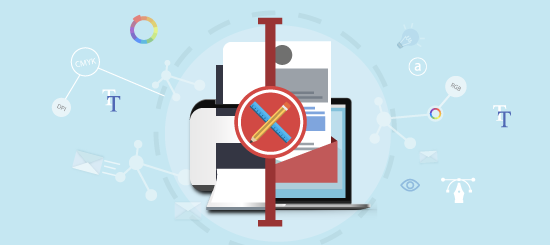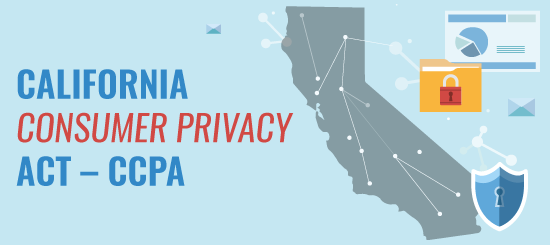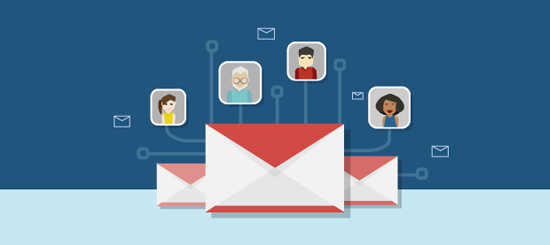While B2B & B2C email programs share many similarities (sending newsletters, product information, offers) it’s important to remember that they are very different from one another. B2B buying processes are often more complex than their B2C counterparts, involving several people and larger investments.
For example, where a B2C customer would buy a £15 t-shirt from a clothes shop, a B2B client could purchase a £50,000 piece of hardware. The B2C purchase involves one person, has a low cost, and is low risk.
The B2B purchase will involve several people, could have a high risk associated with it, and will be under far more scrutiny to ensure that it will benefit the business before purchasing.
Email marketing is an essential part of the more complex B2B buying process, and is used to build relationships, gather valuable data on clients/prospects and result in increased sales.
Lead Nurturing Series
If you want to really stick around in your prospect’s minds, you can’t do it by cramming everything into a one-off email. In order to educate them about what you can offer you’ll want to send them a carefully curated series of emails, slowly getting them up to speed. This is known as ‘lead nurturing’.
Think of everything you want to say about a product or service and split it into several manageable chunks. Separating out all of your product/service’s key features and benefits and sending them in several emails will make things far easier to digest.
Not only that, but as you’re emailing frequently you’ll be placed more prominently in a prospect’s mind. It’s win-win!
Integrate, Segment & Target
The joy of digital marketing is that you can monitor prospect engagement across many channels. It’s possible to see when, where and how people are engaging with your emails, website and social platforms.
By using this data, you can place your prospects into different segments and send them emails which are personalised for them.
For example, you can identify a prospect who:
- Responds well to your whitepaper emails
- Engaged with your last email about product x
- Has purchased a similar product before
Armed with this data your can you send this prospect more information/offers/whitepapers regarding product x, allowing them to make a more informed buying decision.
By integrating your CRM and your email platform, you can feed external stats (website engagement, sales cycle progress, client requirements) into an automated email program that segments and targets prospects all by itself. Serious stuff!
Sales Alert Notifications
Email isn’t just for your prospects and clients, it’s for your team too. Sending internal alert notifications to your sales team is a great way to get in touch with a prospect while they’re hot.
By building on the ‘integrate, segment and target’ method above, you can setup triggered emails that send as soon as a prospect completes a specific action. For example, a prospect attempts to purchase a product online, but has a problem with your payment page. A bit of a nightmare situation, but fear not!
A sales alert email containing the prospect’s contact details can be automatically sent to a sales team member, who can put in a call and guide them through the payment process. Not only do you complete the sale, but the client has experienced some fantastic customer service too.
Educate & Save
Email’s usefulness to B2B doesn’t end after a sale has been completed. Far from it. In addition to cross-selling and up-selling opportunities, you can also utilise email to keep your costs down by educating clients.
If your products/services come with a support service, educating your customers by email is a fantastic way to keep support requests down.
When a new client joins, you can add them to an ‘on boarding’ or introductory email series and you drip-feed them information on their purchase. By anticipating their needs and sending them helpful information when they need it, not only will they be a happier client but they’ll make fewer support enquiries too.
Personalise
I won’t go into it too deeply here as we covered personalisation last week but suffice to say it has a definite place in B2B email marketing. Going beyond basic ‘first name’ personalisation, it’s possible to personalise an outgoing email’s ‘from name’ to be linked to each prospect/clients unique account manager.
In addition to this, you can also use geographic data in a subject line to show a deeper understanding of a prospect/client. For example, sending ‘New venues to hire in Southwark’ to a client looking for London venues will be more enticing than ‘New UK venues available’.
Like this article and want to bolster your email marketing performance? When it comes to B2B email, we know our onions. We’ve had the pleasure of maintaining working relationships with all kinds of B2B firms over the last decade, helping them streamline their email marketing programs and reach their goals.









